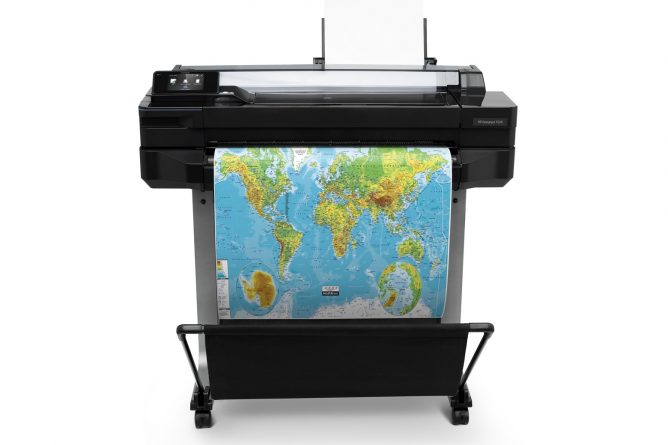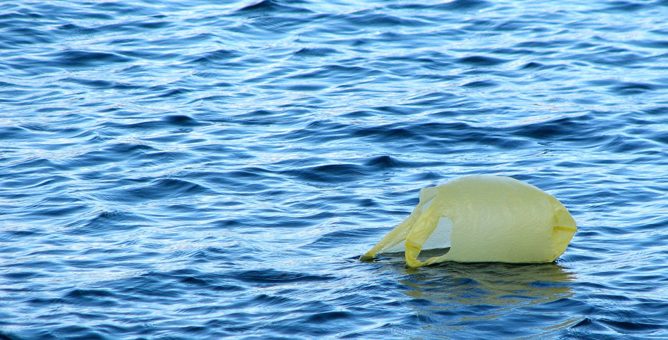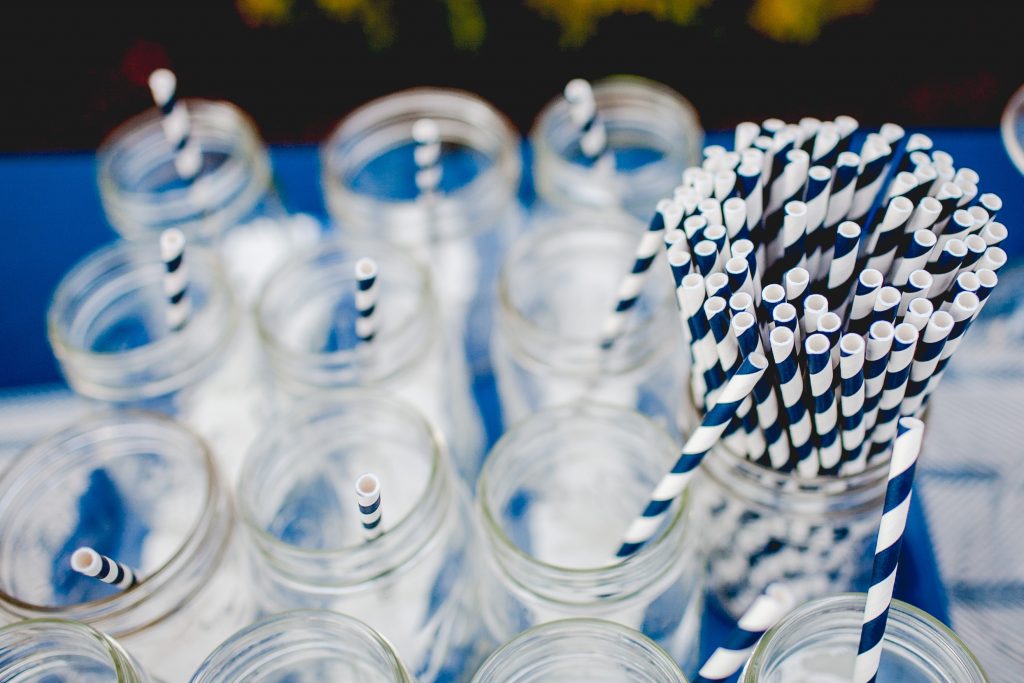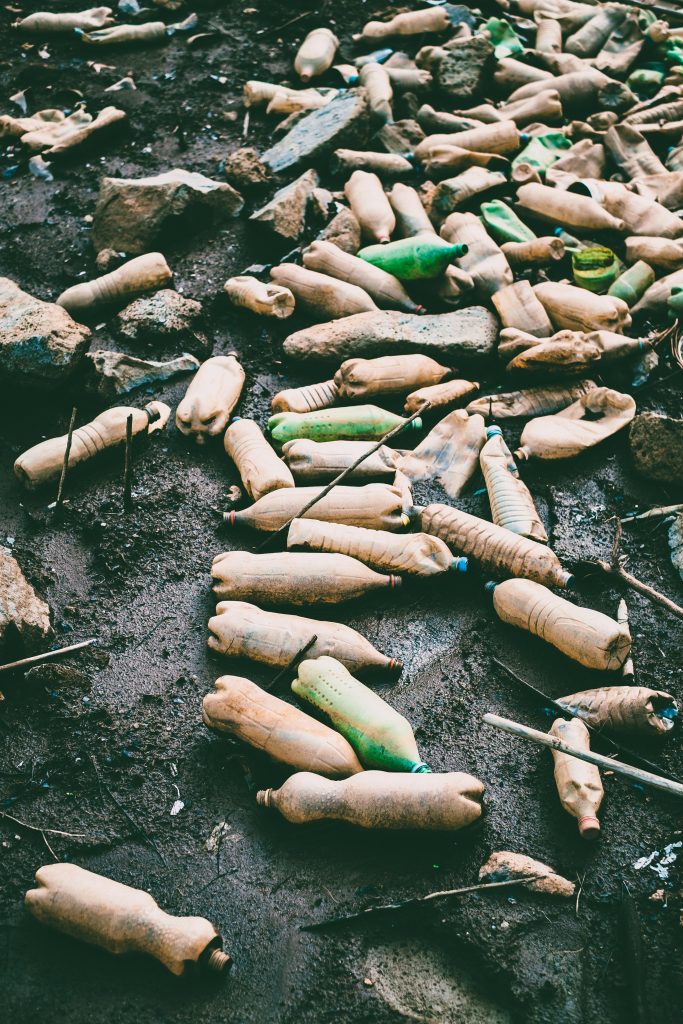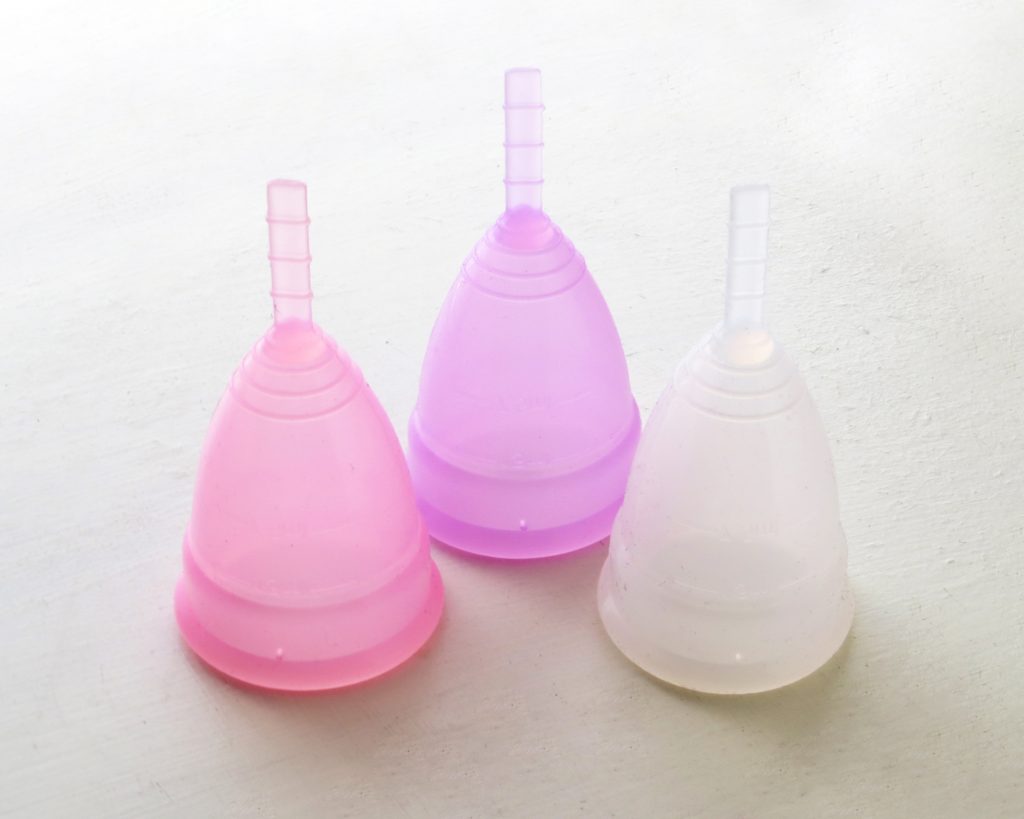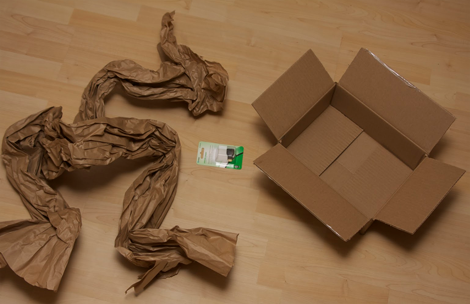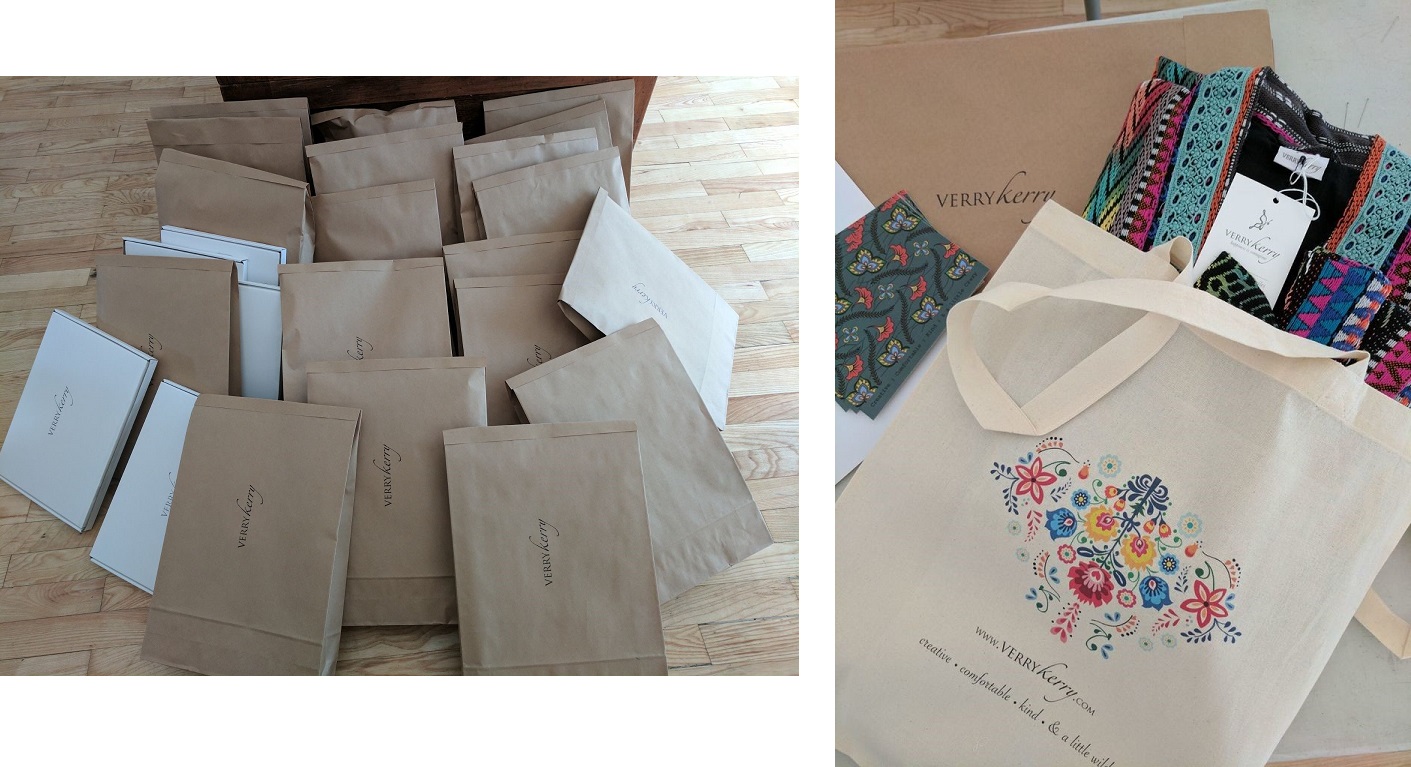This is a guest blog from James Hale, a graduate of the University of Kent. Having studied English and American Literature, James now works as a freelance writer, penning his thoughts on anything and everything of interest. He’s passionate about sustainability, and loves helping to spread the word about how we can all factor it into our day to day lives.
————————————————————————————————————————–
Print is everywhere; it is so ubiquitous that we rarely notice it. When we think about printing, we tend to imagine newspapers, books, magazines, leaflets and cards, but how often do we stop to consider the impact large format print has on the environment?
Large format printing – the process by which the enormous billboards and banners of our modern world are realised – is everywhere, a major industry that populates our bus stops, shopping centres, train stations and more with vast advertising images.
We live in an ever-more eco-conscious world, and while we may rarely think about this type of printing or the impact it might have, print companies are working to make sure they can deliver their products in a way that is kinder to the environment around us.
Getting interested
For printing companies, however, finding ingenious ways to offer ecologically sensitive products is only half of the story. The Image Reports Widthwise Report published in June this year reveals that seven out of ten British print service firms have never once been asked by their clients about their eco-friendly credentials, despite the fact that a recent global census conducted by Fespa reported that 76% of printing companies worldwide said that their customers were keenly interested in environmental issues.
What’s especially notable is that these businesses felt it prudent to plan their strategies with that environmental interest in mind. Whether the UK is really lagging behind the rest of the world in its awareness of the ecological impact of large format printing, or whether this might be just a statistical anomaly, the point remains that there is a fundamental problem still facing the industry: how should they sell a service to clients who aren’t asking for it?
Communication, communication, communication
It’s an issue that some businesses have put a great deal of thought into. The Verdigris Project is an industry campaign that aims to raise awareness of environmental concerns and initiatives in the printing trade, and is sponsored by a number of industry giants, including HP, Kodak, Agfa and Fespa (a global collection of national associations for professional printers). It’s also hoped that printing companies will seek their own ways to inform clients about the environmental impact of their projects, and to confidently offer them greener alternatives.
Substrate procurement
The UK reportedly uses 12.5 million tonnes of paper every single year, and any environmentally-minded printing firm should be concerned about using recycled and sustainable paper wherever possible, and this means they need robust procedures for obtaining recycled paper.
Modern recycling techniques mean that large format paper made from recovered fibre can be just as good a printing substrate as ‘virgin pulp’. As a result some companies have opted to commit to procurement policies that insist on recycling-based solutions.
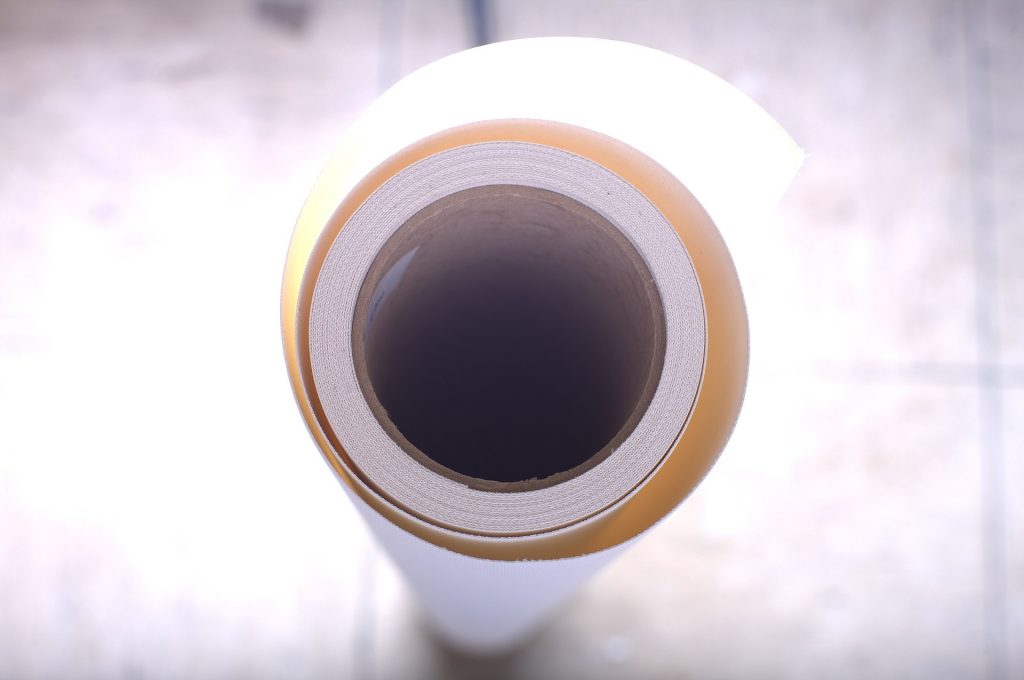
Other substrates
Of course, when we get into the realm of specifically large format printing, the substrate in question may not be paper-based at all. Many large banners and signs are printed on vinyl and other plastics, not to mention the many other materials of varying environmental friendliness.
If a large format printing firm wants to lessen the potential negative impact of their work on the environment, finding alternative substrates that don’t involve plastic would be an excellent place to start; much has been said lately about the growing unpopularity of plastic following David Attenborough’s BBC show Blue Planet II and the discovery of a plastic bag 35,000 feet down inside the Mariana Trench, the deepest known part of the world’s oceans.
Some firms, such as Kent-based industry leader PressOn, have adopted new and innovative print solutions to alleviate the problem. PressOn were an early adopter of products known as Tension Fabric Systems, which involve a printed sheet of fabric suspended across an aluminium frame, creating a large printed piece that is ideal for interior environments such as offices, malls and shops.
The metal frames are endlessly reusable for other printed designs, and the fabric that serves as the substrate completely removes the need for plastic. Nigel Webster, PressOn’s managing director, explains:
“Although popular in the States for a few years, we first started using tension fabric frame systems in the UK two years ago for one of our largest US based retail clients. PressOn always strive to promote this more environmentally friendly system to our clients, and it’s reassuring to see that the demand for this type of system has grown dramatically.
Brands in the retail sector traditionally use a lot of self-adhesive vinyl on their graphics inside the store and the shop windows, with regularly changing campaigns and offers to promote. By switching to the fabric frame system and installing aluminium frames in stores, we can print graphics directly onto more sustainable polyester fabrics using latex inks. These systems mean we don’t need to print, install and then remove and dispose of vinyl graphics.
The demand for eco-friendly print solutions has now extended to other sectors, too. They’re popular in corporate branded office environments (we’ve recently completed a project for Sky to use these systems in their offices), hotels, restaurants, bars and even to event and exhibition graphics too. Along with tension systems, other options for non-pvc products include paper wallcoverings from sustainable sources and also self-adhesive polyester fabrics as well. It’s great news for the environment and the print industry.”
Choosing the right inks
It could be said that the use of plastic and the wastefulness of large quantities of paper are more obvious problems than the ink used to create the printed designs — particularly as some varieties, such as petroleum and solvent-based inks, can be a source of gases that are harmful to the environment. Fortunately, there are several more ecologically friendly alternatives.
Eco-inks – made from vegetable oils or soya beans from sustainable farming environments – are becoming more widely available, while some printers are turning to UV-curable (UVC) inks. The liquid in UVC inks is aqueous-based; after printing, the ink is dried (or ‘cured’) via exposure to strong ultraviolet light. Significantly, however, these types of ink aren’t typically used by the large format industry, and are usually preferred by businesses producing packaging.
When it comes to large format printing, the best option usually lies in latex-based inks, which also don’t emit any unpleasant chemicals or odours, and have the added advantage of drying almost instantaneously after printing.
The environmental issues with some inks don’t end there, however. In order for paper and cardboard to be properly recycled into a clean pulp that can be reused as new paper, it must first be subjected to a process of de-inking to remove anything that may have been printed on it previously. Water-based, hydrophilic inks can be resistant to the alkaline floatation de-inking technique widely used in Europe; this is designed to separate ink from fibre and cause it to float to the surface, where it can be completely removed from the pulp.
Paper recycling is also an enormous endeavour – around 90% of Europe’s newspapers are printed on recycled paper – so finding inks that can be removed easily and efficiently is of paramount importance for eco-conscious printers.
In the end, the large format printing industry’s ability to be environmentally conscious rests as much with its customers as its service providers. The technology is there to print and recycle in a way that minimises chemicals and waste products; it only remains for those who commission billboards and large signage to be open to new techniques and approaches.

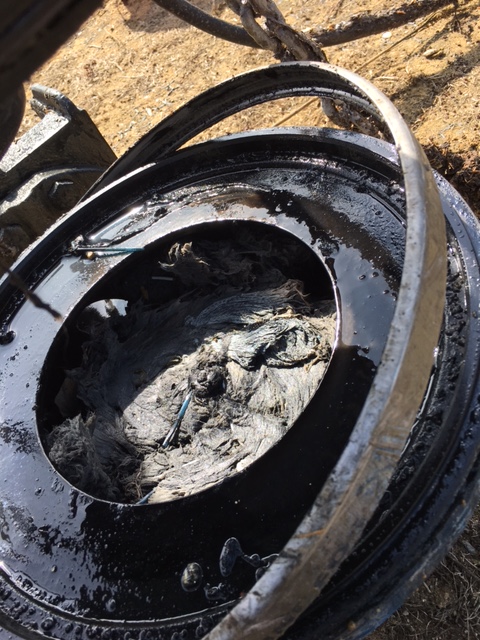
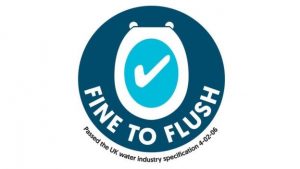 2: An ocean full of plastic
2: An ocean full of plastic

